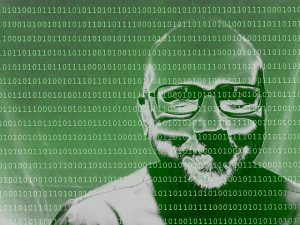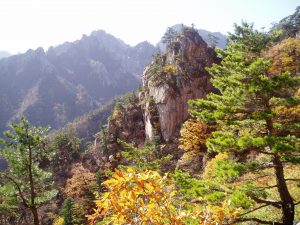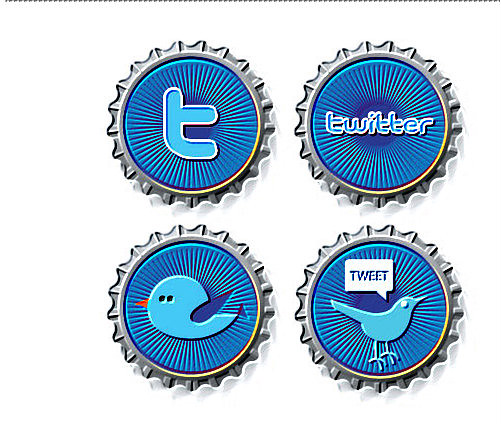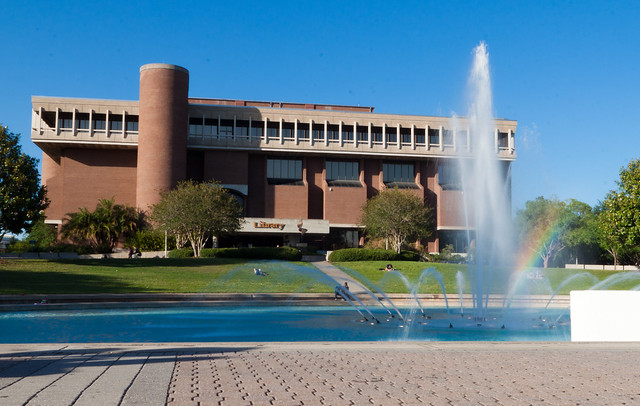
“Technology and Society” by Michael Steele is licensed under CC BY-ND 4.0
Holland’s article on the Implications of Shifting Technology in Education, the author quoted Douglas Rushkoff on his view that the learner should be asking, “Am I learning? Am I becoming a smarter more innovative human being?” Douglas’ quote speaks volumes on how we are shifting in our educational practices with the new curriculum changes in British Columbia revolving around curricular competencies, rethinking as educators on how to develop 21st century skills for the future workplace, and how to implement those skills into the classroom to create more innovative human beings. I agree with the trends viewed by Holland five years ago and identify how changes with technology influence my own practices and those of my colleagues in the classroom.
Use of technology in traditional classrooms
Collaborative learning through cloud computing
Students have for generations in our schools collaborated with each other with lab partners in science class, participate in debates, create projects together in a humanities or mechanics course, and have organized themselves into activities such as team sports to reach a common goal. It is much more recent that students have used a memory stick or save their work on the computer server to develop and retain their documented work as a presentation, Microsoft Word document, or an Excel Spreadsheet, but now this model itself feels outdated with the use of programs such as Google Docs. Students can collaborate on presentations and allocate project management to work on multiple facets of an online document that is updated in real time by all collaborators who can either be present in the same room or work together through distances that are only limited to internet access. As educators, we can use the same tools to share resources between colleagues which can be edited and personalized for the classroom. No longer does an individual need to worry about losing a memory stick having to restrict themselves to developing their learning at the school. Students and teachers alike can access online material through phones, tablets, or electronic devices in other locations such as public libraries to connect with others.
Analytics for Feedback
Holland points out the importance of transparency and timely feedback on meeting assessment criteria. Data management has been a hot topic, and in British Columbia we have seen attempts to provide online learning portfolios through Fresh Grade. Video, images, documents, and assessment can be transmitted to the guardians of students, and learners can access their portfolios. Communication can occur through text messages using an online application between all participants. Student progress can be displayed through graphic organizers such as bar or line graphs to show progress over time with specific content and how it aligns to the new British Columbia curriculum. Fresh Grade does have its drawbacks such as the time it takes by the teacher to input information and to upload image content for younger learners, but it has made inroads into a few of the elementary schools in Northern B.C.
Software and Targeting Curriculum
I feel the greatest amount of development is in teaching 21st century skills in the use of technology, such as how to use programming language, creating a web page, and using software to develop 3-D models for printing. Holland mentions previous uses of resources such as CD’s, TV, stopwatches, radio, tapes, and newspapers. We must keep in mind such resources were past uses of technologies, but technology nevertheless. In my school one of the courses that I am teaching is Digital Media 8. The material for the 4 week elective is being provided by code.org, in which students learn to code using HTML, CSS, in developing a website. The course itself emphasizes collaboration between others in debugging software and coming up with solutions for students self directed projects on their website. It also provides a foundation on how learning looks, at that it doesn’t need to be centralized with the constraints of a classroom. Employers are looking for skill sets that may be quickly outdated from course curriculum offered by universities, and are recognizing self initiative in having skill sets without receiving degrees. One such avenue is how students can learning training through google remotely and receive accreditation.
Final Thoughts
Holland’s article was published by TechTrends in May/June 2014, and five years later it is still relevant in its message on how technology needs to tool our learners for use in a collaborative mindset to problem solve and apply critical thinking in solving towards 21st century issues. From robotics classes that are available in many of our high schools in B.C,, flipped classrooms, and using technological tools in innovative ways to motivate learners through inquiry or problem based activities are some of the unique ways educators are adapting in my school district. We have seen a shift in the new BC Curriculum that is emphasizing less on content but more in having the ability to be more innovative with authentic experiences. Technology has been a part of past generations who have learned on electronic typewriters or used dial-up modems, and it will continue to change as time marches forward.







Recent Comments